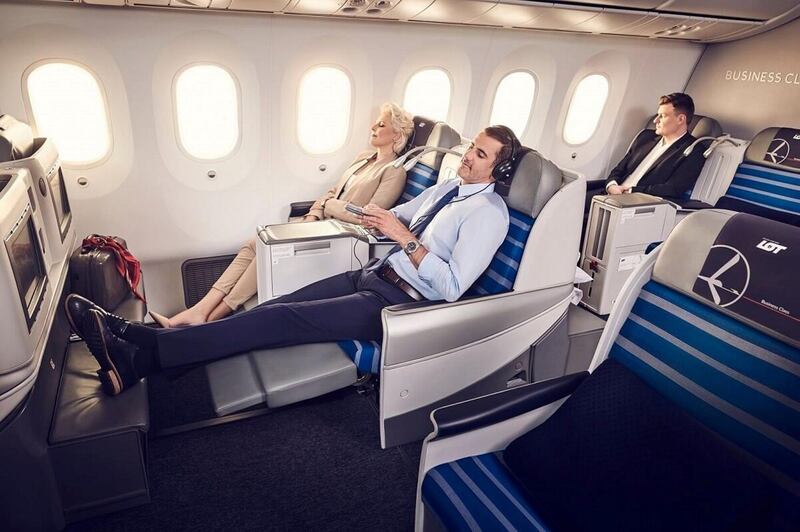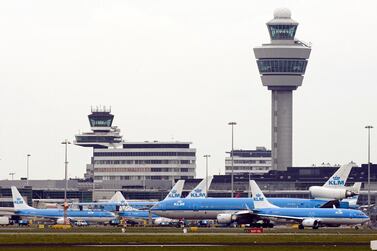While many European and Arabian carriers are feeling the strain of the global economic slowdown, Central Europe is still growing its GDP by up to five per cent-a-year and its airlines are in expansion mode.
Earlier this year LOT Polish Airlines announced that it would be establishing a second hub in Budapest, capital of Hungary with 12 destinations to be served by 2020. New York and Chicago are already operational, and a string of others is due to follow, including London City and Seoul.
Hungary’s own national airline Maglev closed down in 2012, and although its low-cost carrier Wizz Air flies as far as Dubai, there has been a clear gap in the market for many other long-haul destinations from Budapest.
For business travellers such new options offer the added convenience of direct flights where previously multiple stops could be tedious.
Central European carriers are also generally very competitive. My Business Class seat from Budapest to Chicago was Dh10,200 compared, for example, to Dh17,500 for Emirates Business Class from Milan to New York, a shorter distance.
But do such Central European carriers really come up to the mark?
LOT shares the Sky Court Lounge in Budapest’s Liszt Ferenc Airport with Emirates, a spacious lounge with large comfy chairs, business centre with printers and a modest food and beverage line-up.
Both airlines have fast track for business class, though we waited in a long line to get on the LOT plane, and boarded at the same time as the premium economy and airline card holders.
So you could hardly separate them on the ground. Up in the air it is a different matter.
LOT operates a year-old Boeing 787-8 Dreamliner on this route, twice a week. It has 18 business class seats in 2-2-2 formation up front, followed by a bigger premium economy section and 200 economy seats. The same plane flies to New York on the days when it is not serving Chicago.
Etihad has 787s in its fleet. Emirates does not. This relatively new Boeing aircraft uses composites to lower its weight and save fuel like Gulfstream private jets.
It has novel features such as larger windows with electronic tinting, lower cabin air pressure for a more relaxing flight and superior air-conditioning.
The overall effect is a lighter and more airy cabin. Having the seats laid out 2-2-2 sacrifices privacy for individual business travellers to some extent, but you do get more space around your seat.
It’s more like the old-fashioned first class than the rabbit warren that many Business Class set-ups have become. The seat is also wider than in your average Business Class and most importantly lies completely flat so that you can sleep as well as you can on a plane.
That said this LOT 787 does not have Wifi, a big thing for business travellers. But the table makes into a decent-sized desk and you can connect to the power supply in the armrest.
However, where I did miss the Gulf airlines very much indeed was in the catering. The main course in both meals was pretty much inedible: the first an overcooked hunk of meat with a burnt potato pancake; and the second a pasta of uncertain filling and swimming in cream.
Service standards were perfectly reasonable though perhaps a little slow to respond. If you felt hungry between meals then some rather unappetising rolls and peanuts were the only items available; no fruit or crisps.
We took off 20 minutes late and almost made up the time lost on the trip across the Atlantic. The priority baggage was indeed given priority and what looked like a long queue for the Chicago customs turned out to be a breeze as we were all waved through.
Overall, I enjoyed the aircraft, its seating and convenience of the direct flight. But its food and beverage service urgently needs an upgrade.







